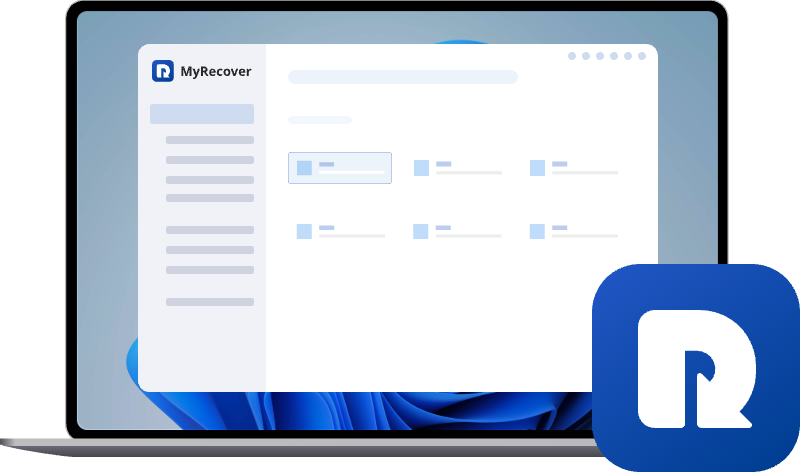Should You Clear TPM When Reinstalling Windows 10?
Many users wonder should I clear TPM during reset, especially before reinstalling Windows. This article helps you decide with clarity and safety. It also covers key insights into should you clear TPM when reinstalling Windows 10 and what it actually means.
What is TPM (Trusted Platform Module)?
TPM is like the security vault of your PC. It’s a chip—either physical or virtual—responsible for securely storing sensitive data like encryption keys, passwords, and certificates. Think of it as a safe that keeps your digital secrets locked tight.
Why TPM Exists in Modern Devices
Microsoft and hardware makers integrated TPM into PCs to support secure features like BitLocker encryption, Windows Hello, and Secure Boot. It’s all about preventing unauthorized access to your data and protecting the system from malware at boot level.
What Happens When You Reinstall Windows 10
Clean Install vs Upgrade
- A clean install wipes everything—your files, apps, settings—and installs Windows fresh.
- An upgrade keeps your data and settings while installing a newer version.
TPM’s Role During Installation
When reinstalling, especially via a clean install, Windows may prompt you about clearing TPM. That’s because old encryption keys or configurations might be lingering in the TPM, and the system wants to know what to do with them.
Should You Clear TPM When Reinstalling Windows 10?
The answer depends on what you're doing and why. Let’s break it down.
👉When You "Should" Clear TPM
1. Switching Ownership or Reselling
If you're passing your PC to someone else, clearing TPM is a good idea. You don’t want your old BitLocker keys or credentials stored on the chip. It’s like cleaning out your desk before someone else uses it.
2. Resolving TPM-Related Errors
Sometimes TPM can throw errors or conflicts during reinstallations, especially if BitLocker was previously enabled. In these cases, clearing TPM can help resolve boot issues or avoid installation hiccups.
👉When You "Should Not" Clear TPM
1. Secure Boot and BitLocker Dependencies
If you’re planning to keep your files or reuse your encryption setup, don’t clear TPM unless you’ve backed up your BitLocker recovery keys. Otherwise, you could lose access to your encrypted data permanently.
2. Avoiding Unnecessary Data Loss
Clearing TPM erases sensitive data like security keys. If you’re unsure what’s stored there, it’s better to leave it alone—especially on devices used for work or with sensitive access.
How to Check If TPM Is Active on Your PC
Want to see if TPM is even enabled or active? Here’s how:
Step 1. Press Win + R, type tpm.msc, and hit Enter.
Step 2. A window will show your TPM status.
Step 3. If you see "The TPM is ready for use", then it’s active.
Easy, right?
How to Safely Clear TPM If Needed
If you’ve decided to clear it, here are 2 safe ways:
Way 1: Use Windows Security
1. Search for Windows Security and open it.
2. Click Device security on the left, then select Security processor details on the right.
3. Click Security processor troubleshooting.
4. Choose TPM, then click Clear and restart. Follow the instructions after your computer restarts. The system will reset and take ownership of the TPM automatically.
Way 2: Use TPM Management Console
1. Press Win + R, type tpm.msc, and press Enter.
2. In the Actions panel, click Clear TPM, then select Restart.
3. Follow the on-screen steps to finish clearing the TPM.
- Backup is non-negotiable.
- Make sure you’re not using any apps or services tied to the TPM.
- Double-check BitLocker recovery keys before continuing.
Pros and Cons of Clearing TPM
| Pros | ✅Solves TPM-related glitches ✅Prepares device for new ownership ✅Ensures clean security slate |
| Cons | ❌Can lock you out of encrypted drives ❌Removes security credentials ❌Not always necessary during a reinstall |
What to Do If You Lose Access After Clearing TPM
If you've already clicked "Clear TPM" and can't access your files—especially on a BitLocker-encrypted drive—you can use the professional Windows recovery tool --- MyRecover to recover your important data.
Now, let's use MyRecover to scan, detect, and recover files.
- ✅ Recover lost or inaccessible files after TPM reset.
- ✅ Supports BitLocker-encrypted drive recovery.
- ✅ Compatible with Windows 10/11 reinstalls, system crashes, and accidental formatting.
- ✅ Fast, secure, and beginner-friendly.
Step 1: Download MyRecover
Go to myrecover.com, download the software, and install it on a different drive (not the one you lost data from).
Step 2: Open MyRecover and Select Your Drive
Launch the program and pick the drive where your files were stored before the reinstall or TPM reset.
Step 3: Scan the Drive
Click Scan. If BitLocker is enabled, MyRecover will ask for your recovery key. Enter it to unlock the drive and start scanning.
Step 4: Preview and Select Files
Once the scan is done, you’ll see a list of recoverable files. You can preview them before recovery to make sure they’re still usable.
Step 5: Recover Your Data
Select the files you want and click Recover. Save them to a safe location (not the same drive you’re recovering from).
Thousands of users have trusted MyRecover to rescue their most important data—even after TPM mishaps.
Conclusion
So, should you clear TPM when reinstalling Windows 10? Not always. It depends on your situation.
If you're transferring ownership, fixing errors, or starting completely fresh without encryption, go ahead. But if you're keeping your device and using features like BitLocker, think twice—unless you're ready with backups.
When in doubt, don’t clear it. Better safe than locked out of your own data.


